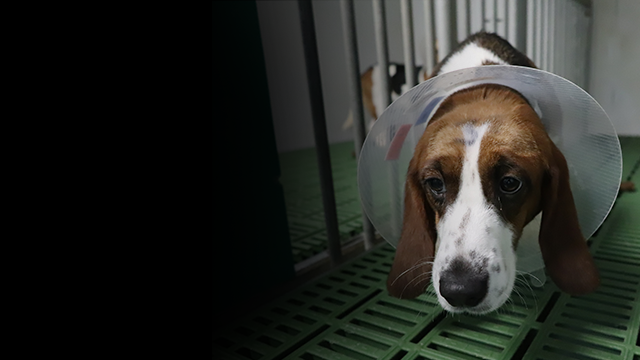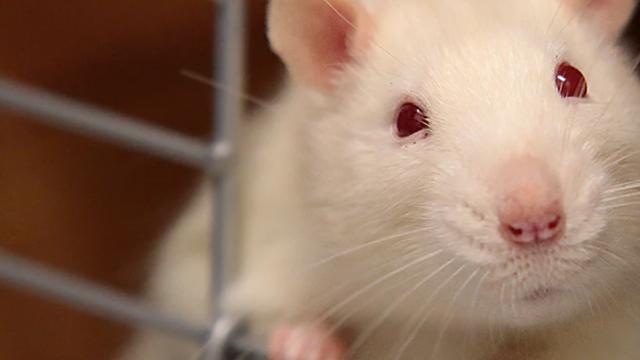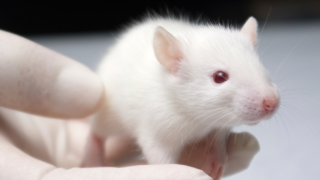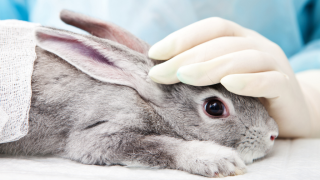Cruelty Free International works to create a world where no animals suffer in a laboratory.
192.1 million animals
were used for scientific purposes worldwide in 2015
207,724 tests
using dogs are conducted worldwide
12.6 million animals
were bred for experiments in the EU but then not used

The Leaping Bunny Programme
The Cruelty Free International Leaping Bunny is the globally-recognisable gold standard for cosmetics, personal care and household products. Hundreds of brands are approved cruelty free under our Leaping Bunny programme.
Be a hero for animals
subtitle: Get involved today and help us end animal testing worldwide.







